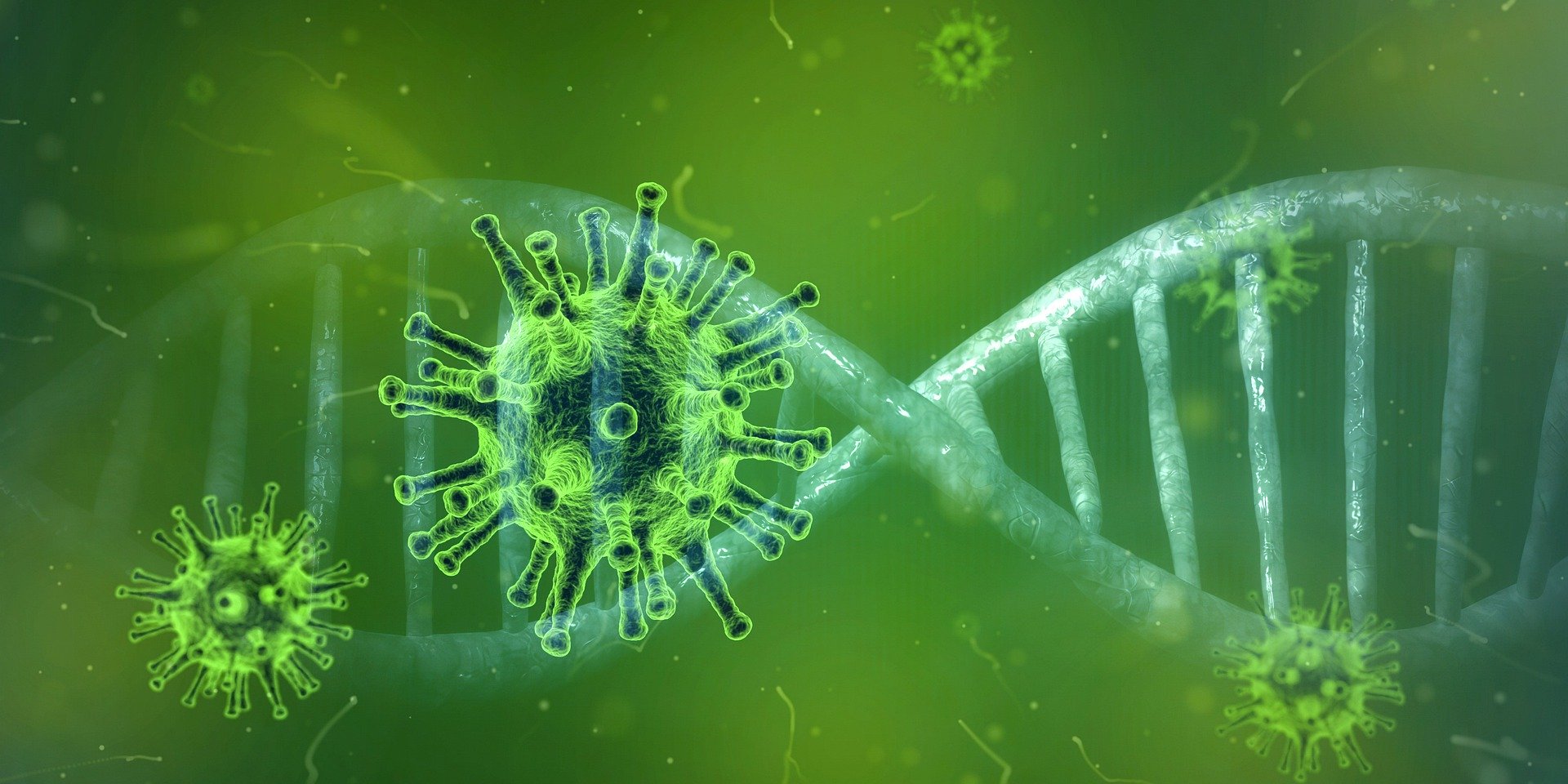With coronavirus nCoV creating levels of panic around the world, it’s important to understand this specific disease in order to safeguard against it. Here’s everything you need to know about coronavirus nCoV, now known as COVID 2019.

What exactly is the COVID 2019?
The coronavirus we know today as the source of a serious viral outbreak, which originated in Wuhan, China was originally referred to as “2019 novel coronavirus” (nCoV). On February 11, 2020, the World Health Organization officially renamed this virus to “coronavirus disease 2019”, abbreviated as COVID 2019 (CO=Corona, VI=Virus, D=Disease).
The COVID 2019 is a serious virus that presents symptoms 2-14 days after exposure.
The Spread of the COVID 2019
As mentioned, COVID 2019 originated in Wuhan, China. The disease is believed to have been transferred to humans through an intermediary animal, most likely Pengolins. However, it’s original source hasn’t been established, but Chinese officials speculate the disease may have also passed through snaked before affecting humans and may have originated in bats.
Initial reports of infection came from individuals who shopped in or worked at wholesale food markets and had direct contact with slaughtered animals. The spread of the disease is currently not attributed to the shipment of food from China, but through direct contact with other infected humans.
In this case, travel from China is the most likely source of the spread. This virus spreads through close contact with infected people, approximately six feet. It is believed the disease spreads when those infected are most symptomatic.
Symptoms and Treatment for Coronavirus Disease 2019
The common symptoms of COVID 2019 are fever in conjunction with a respiratory illness, such as coughing and difficulty breathing. Officials warn that anyone who has traveled from China and experiences respiratory illness, such as coughing or difficulty breathing, within 14-days of travel should contact a healthcare professional.
There is currently no treatment on file for the cure or management of the progression of COVID 2019. Currently, medical treatment includes supportive care to relieve symptoms and manage vital organ function.
How to Safeguard Against the Coronavirus
Safeguarding against COVID 2019 is the best form of protection against exposure to COVID 2019:
- Avoid close contact with people who are sick and stay home when you are sick.
- Clean commonly touched household surfaces using disinfectant spray or wipes.
- Avoid touching your eyes, mouth, and nose
- Cough/sneeze in tissues. Carry hand sanitizer with you, and use it frequently when in public. Use the available disinfecting wipes at grocery stores to wipe the handles of your shopping carts.
- Wash your hands frequently for 20 seconds or longer with soap and water after using the bathroom, before you eat, and after coughing and sneezing.
- Use a facemask if you are sick or if you are a healthcare worker in contact with elderly patients or in a hospital setting. Facemasks are not necessary for individuals who are not sick according to the US CDC.
The progression of COVID 2019 is ongoing and the information will be updated as such. For now, remember to avoid travel to China unless absolutely necessary. Avoid panic, as the situation is currently under control.

